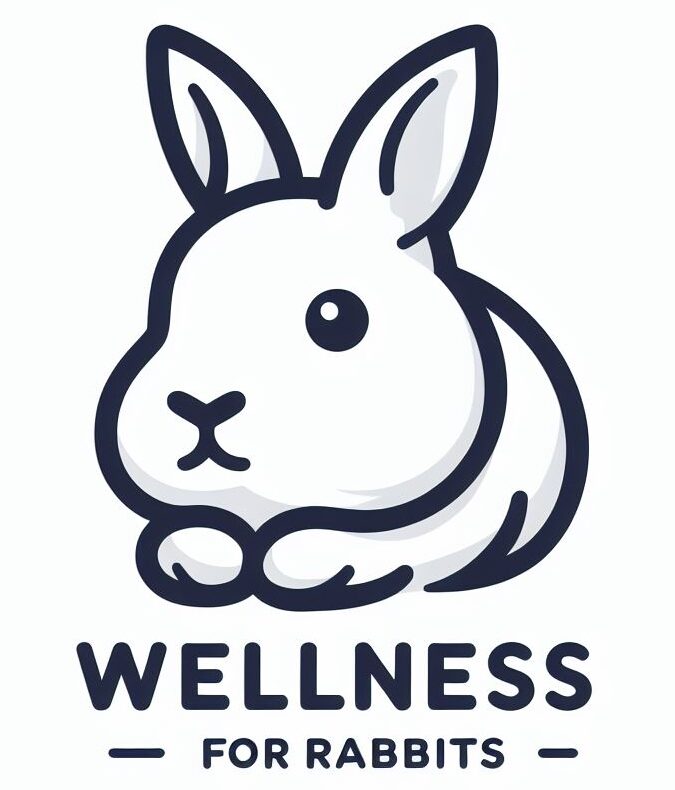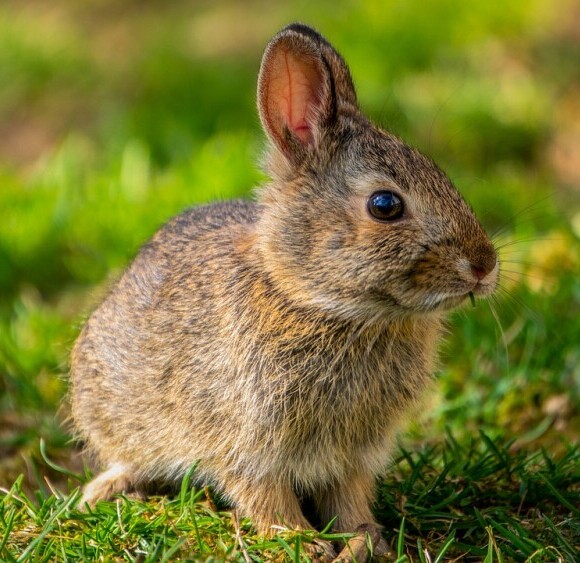As you may know, rabbits shed a lot! It is important to be aware of this and groom your rabbit accordingly to prevent health issues. Rabbits naturally groom themselves but we still need to assist them, especially during shedding seasons. Most rabbits do not particularly enjoy being groomed. A big part of making it more enjoyable has to do with choosing the right grooming tools for your rabbit to make sure it is not a painful process.
Understanding Your Rabbit’s Grooming Needs
Rabbits experience about two shedding seasons in a year. A shedding season is when your rabbit sheds their entire old coat to prepare for temperature changes. This typically happens in the spring and fall but can happen more frequently depending on the weather and breed of your rabbit. For example, long-haired rabbits need more frequent grooming than short-haired rabbits to keep their coat from getting matted. This can vary from rabbit to rabbit but it is important to identify signs that your rabbit needs to be groomed. A few signs your rabbit needs to be groomed are…
- Visibly loose fur: If you notice clumps of loose fur around your home or on your rabbit, it’s a sign they are shedding and need to be brushed to remove excess fur.
- Tangled Fur: If your rabbit’s fur appears tangled or matted, particularly in areas like the belly, chest, or behind the ears, grooming is necessary to prevent discomfort and skin issues.
- Fecal Matter or Urine Stains: Dirty Fur, especially around the hindquarters, may indicate the need for cleaning and grooming to prevent infections and skin irritation.
- Scratching or Biting Fur: If your rabbit is frequently scratching or chewing its fur, it could be a sign of skin irritation, parasites, or discomfort due to tangled fur, necessitating a grooming session.
- Overgrown Nails: If you hear clicking sounds when your rabbit walks on hard surfaces, it likely means their nails are overgrown and need trimming.
These are all possible signs that your rabbit needs to be groomed. It is important to pay attention to your rabbits behavior and any possible signs that they are uncomfortable or in need of assistance. Regular grooming prevents health issues both externally such as skin infections and internally such as digestive issues from fur balls.
Not only does grooming keep your rabbit healthy but it also keeps them happy. Grooming is a great way to bond with your rabbit if done correctly. Rabbits naturally groom each other as a sign of care and love so your rabbit will recognize this as an act of love. Now that doesn’t mean rabbits necessarily enjoy being groomed- most do not. However, they do see it as an act of care whether or not they enjoy it. At the end of the day, it is a good way to spend quality time and bond with your rabbit, the goal is to make it as enjoyable as possible.
Essentials in a Rabbit Grooming Kit
When it comes to grooming your rabbit, having the right tools is essential for maintaining their health and well-being. There are a lot of different types of brushes that are marketed for rabbits, however, most are not effective. I am going to break down the most common rabbit tools and which ones are the most effective.

- Brushes and Combs
a. Slicker Brush: A brush with fine, short wires close together.
- Rating: 5/10- Useful to remove loose fur, but does not get to the root or under layers.

b. Bristle Brush: A brush with soft bristles.
- Rating: 2/10- Only useful to smooth fur.

c. Hair buster: A de-shedding tool with a stainless steel edge.
- Rating: 9/10- Efficiently removes undercoat and loose fur without damaging the topcoat.

d. Rubber Grooming Mitt: A mitt with rubber nubs.
- Rating 7/10: Gentle on the skin, great for massaging and removing loose fur but not very efficient during shedding season.

e. Flee Comb: A comb with very fine teeth.
- 6/10- Helps in detecting and removing fleas and flea dirt but not useful for hair removal.

- Nail Care
a. Nail Clippers: Clippers designed specifically for small animals.
- 10/10- A necessity to keeps the nails trimmed to a safe length, preventing injuries and discomfort.

These are some basic tools for everyday grooming, there are more out there but these are some of the most common. Out of these, I recommend starting with the Hairbuster and nail clippers. The Hairbuster is the most versatile and effective for all hair types and seasons. The rubber woven into the prongs really adds an extra layer of grip to catch as much hair at once while protecting your rabbit’s sensitive skin. Nail clippers are pretty basic, you can get them from any pet store or online. You just want to make sure they are small enough for your rabbits’ nails and a semi-circle blade to cut precisely.
Advanced Grooming Tools for Specific Needs
The Hairbuster and nail clippers are really all you need for regular grooming needs. Unless your rabbit needs flee removal, the Hairbuster will be very efficient in removing all types of hair. However, if your rabbit has especially sensitive skin the rubber glove is a more gentle option for hair removal. All rabbit skin is sensitive, but some more than others which can make grooming a very painful process. The rubber glove imitates petting and doesn’t dig deep so it is also a better option for anxious rabbits because it is calming. The only downside is that it doesn’t grip as much hair as the Hairbuster so it will just take longer to fully brush them.
A good quality brush will take care of most matts and tangles, even for a long-haired breed. However, if your rabbit has gotten dirty, sticky, or soiled themselves, brushing probably won’t fully clean them. Your first thought may be to bath them, but rabbits cannot have baths. Since they have such sensitive skin and thick fur coats, the water residue can easily lead to hyperthermia which is deadly to rabbits. In the wild rabbits avoid water at all costs because of this. If your rabbit needs extra cleaning you can use a damp paper towel or a pet-safe wet wipe on the dirty area.
Grooming Tool Safety and Maintenance
The main priority of grooming is to keep your rabbit healthy, so it is important to make sure your tools are working well for your rabbit. If your rabbit heavily dislikes a brush, don’t force it. You can always experiment with different types and find one your rabbit will tolerate. For most cases of rabbits that don’t like brushing, the rubber glove is the best bet for comfort.
Once you find the tools that work the best for your rabbit, make sure they are in good condition and are clean so they don’t spread bacteria and cause an infection. You can do this by sanitizing them after every use or every couple of uses.
You will also want to check to make sure the bristles are in good condition and aren’t broken or chipped so that they won’t scratch your rabbit’s skin. If you notice any broken bristles that is a sign to replace the tool. It’s always better to just get a new one rather than risk hurting your rabbit, it’s not worth spending hundreds of dollars at the vet and the stress that comes with it.
Like I said regular grooming will prevent larger health issues, it’s about being consistent. Typically you should brush your rabbit every week or every other week. However, during shedding season you might want to brush your rabbit every day or every other day to help control the shedding. Another thing to keep in mind is to try to make this experience as positive as possible, it is a great opportunity for bonding!
If you have any questions feel free to leave a comment and I would be happy to help 🙂

